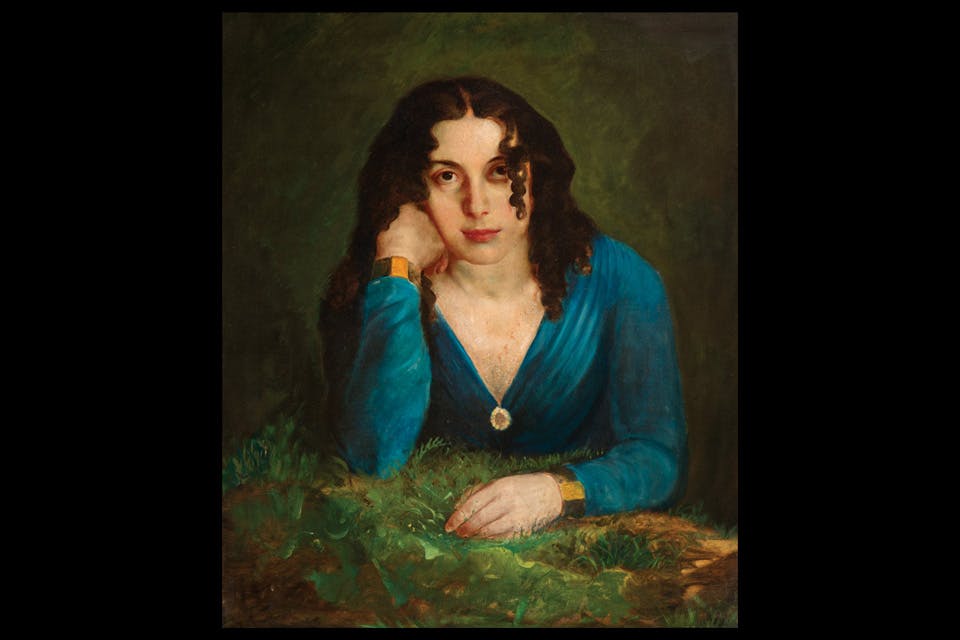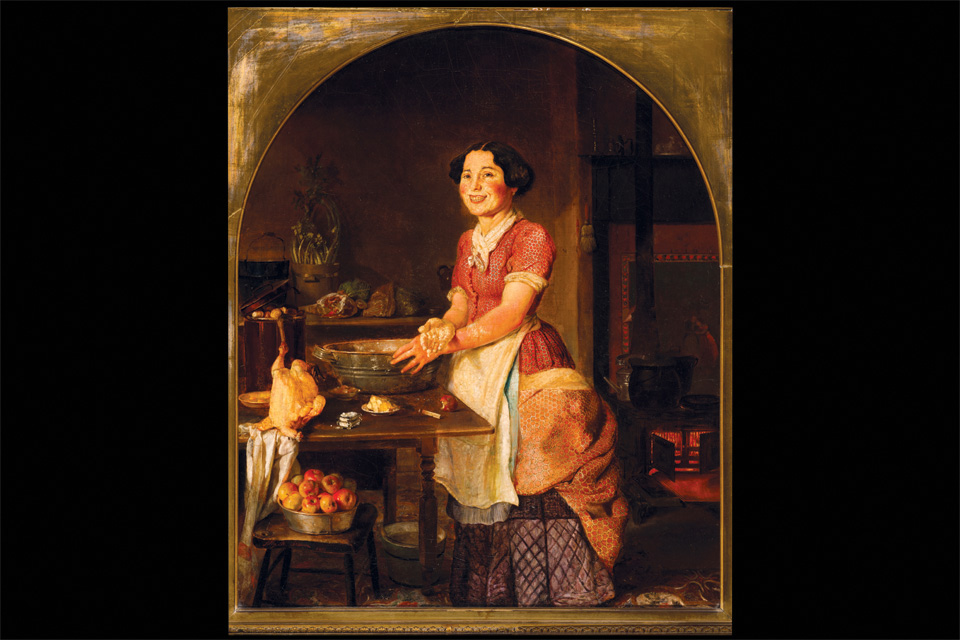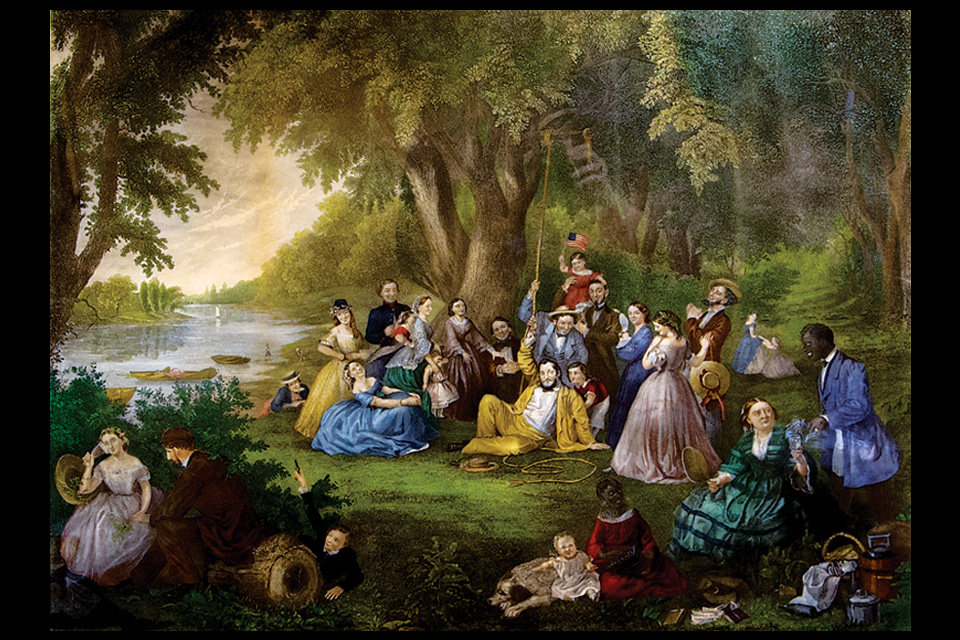Arts
‘Lilly Martin Spencer’ at Decorative Arts Center of Ohio
The Ohio artist supported her husband and 13 children by capturing everyday scenes that spoke to 19th-century, middle-class society.
Related Articles

See “Botanical Fantastical” at Pyramid Hill Sculpture Park & Museum
Experience this nature-focused art exhibition on display at this Butler County attraction’s Gallery Museum at Pyramid Hill through July 27. READ MORE >>
.jpg?sfvrsn=ca1cb738_5&w=960&auto=compress%2cformat)
Check Out the Lineup for Columbus’ 2025 Nationwide Picnic with the Pops
Grab your blanket and lawn chair and spend an evening with members of the Columbus Symphony and other musical artists who are performing with them during this summer series. READ MORE >>

7 Art Exhibits to See in Ohio This Spring
Feel inspired at these seven art exhibits in Ohio, from landscapes depicted in watercolor detail, to a gallery of works by Ohio artists. READ MORE >>





